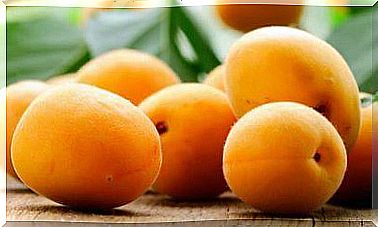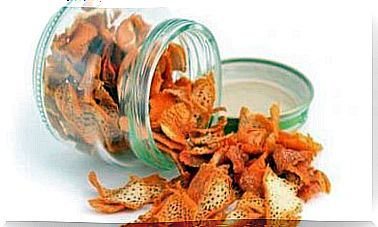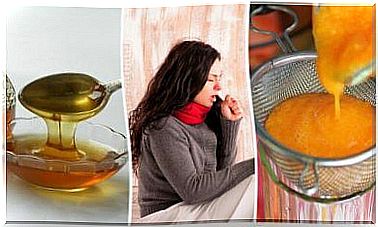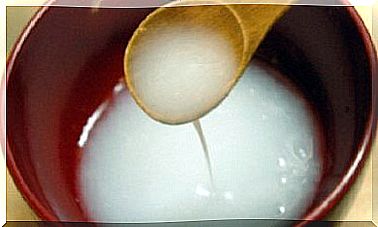What Is The Healthiest Salt?
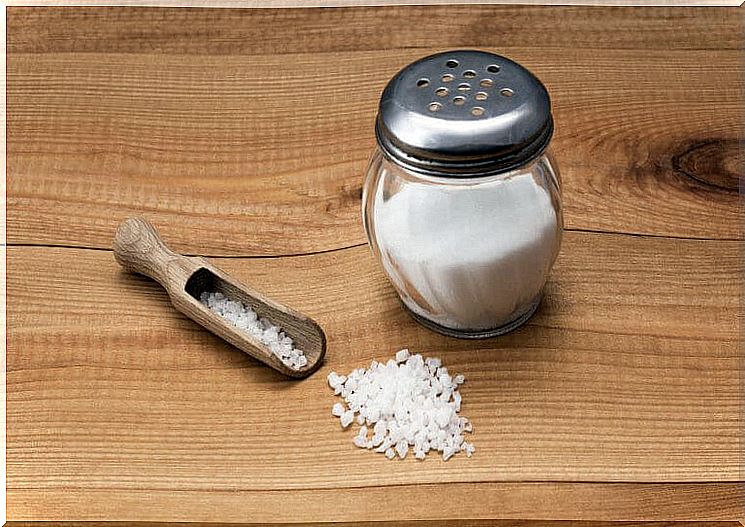
Have you ever wondered if the salt you eat every day is healthy? And then what is the healthiest salt?
You should find out what kind of salt is good to eat. So here we present the different types of salts and their health effects.
Disadvantages and benefits of different types of salts
1. Ordinary table salt
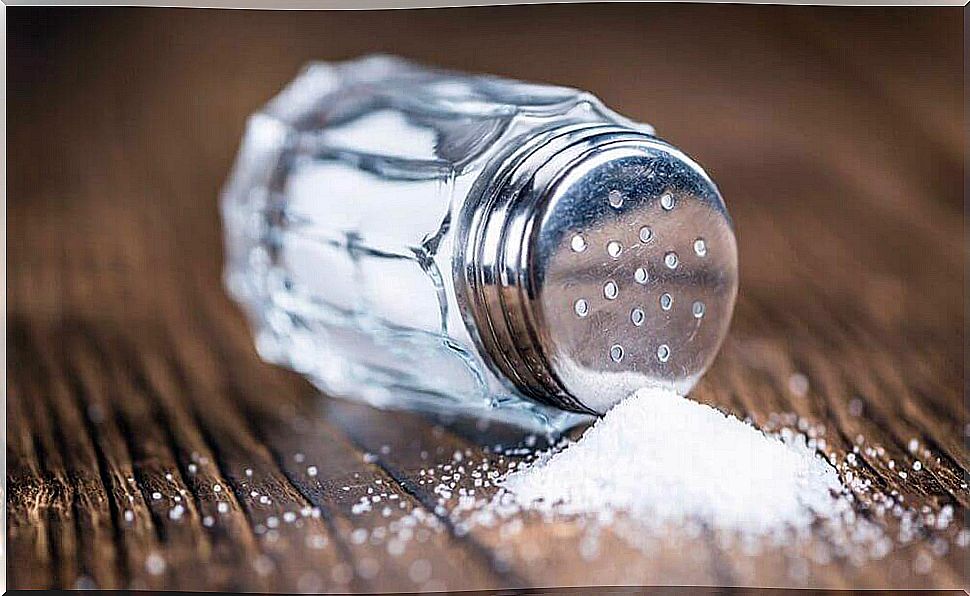
When table salt is made, other minerals such as iodine and fluorine as well as other additives and preservatives are often added to it. Table salt is a very handy aid for balancing flavors with meals.
2. Unprocessed sea salt
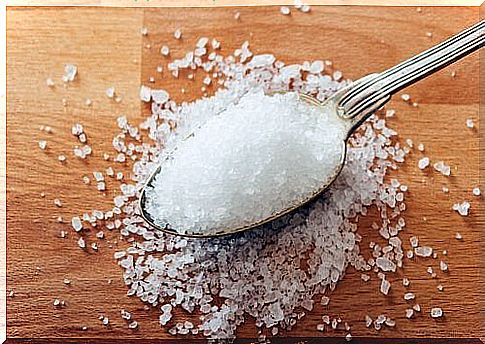
This salt is obtained from a natural process, such as the evaporation of water. Sea salt consists of chlorine, sodium, iodine and fluorine, among others. Sodium chloride is an important component of sea salt.
The color is greyish, and meals get a stronger flavor from this salt than regular table salt.
Sea salt is a much healthier choice for cooking than table salt, and it is also more expensive. Remember, however, the most important thing is to always know how much salt is in a good amount in each food.
3. Salt flower
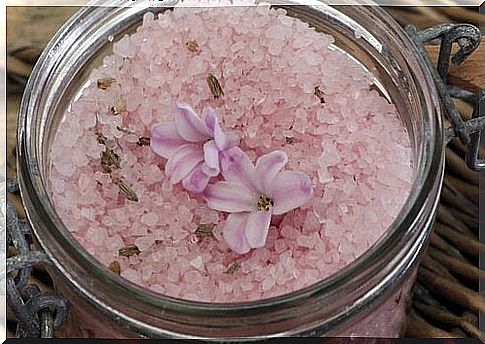
This salt is obtained from the top layer of a sea salt mine. Traditional handicraft techniques are used to collect salt flower from the Atlantic and Mediterranean. Most often, this salt is utilized especially in gourmet food as it is really tasty.
It is a hypotonic salt, meaning that consuming it does not cause fluid to build up in the body. If the salt flower is compared with other salts, it can be stated that it contains less sodium and sodium chloride. In terms of taste more specifically, the salt flower is less intense as it dissolves easily in the mouth.
4. Himalayan salt
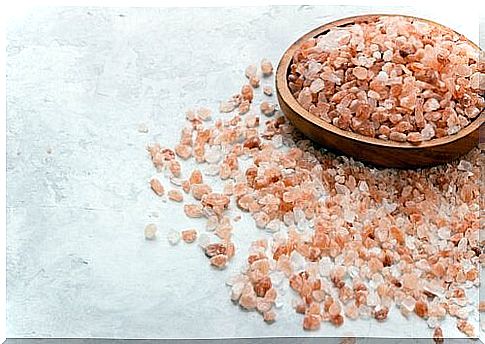
This salt comes from Pakistan and South America, and not actually the Himalayas. It has been advertised for years as it is rich in essential nutrients (84), minerals and trace elements. So it’s good for body function, but Himalayan salt is also popular for its color – pink salt stands out clearly from other types.
So what is the healthiest salt?
Salt is advertised in a variety of ways, such as healthy, natural, pure … The following recommendations make the salt selection process faster when looking at a store shelf:
- Each type of salt contains sodium chloride, so salt should never be used very much.
- In fact, adding salt is not necessary, as you already get plenty of sodium from many products anyway.
- Mainly salt is used to give food a taste, and is not usually meant to increase health – unfortunately.
- The most nutritious salts are obtained directly from nature by handicraft methods – these include, for example, mineral and rock salts.
- Marketing can raise the price of salt, and it is clear that economic interests roll over the sale of products. It is difficult to determine whether a salt is really worth its price or whether it has been made valuable by marketing alone.
What about the amount of salt?
The problem is never the salt itself, but how it is used and how much. It is important not to put too much salt in food, as it is otherwise a danger to human health. Overuse causes cardiovascular disease, kidney failure, stomach upset, osteoporosis, and many other problems.
Therefore, it is important to know what the different types of salts are and what salt can be substituted in the kitchen. This allows you to choose the type of salt that is best suited to a particular situation and that poses the least risk to your health. Remember that spices and aromatic herbs can be very useful in cooking.

